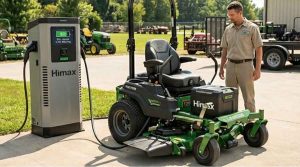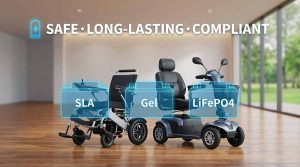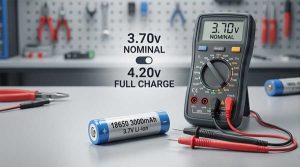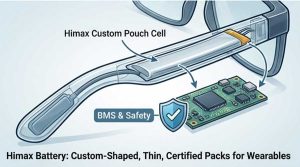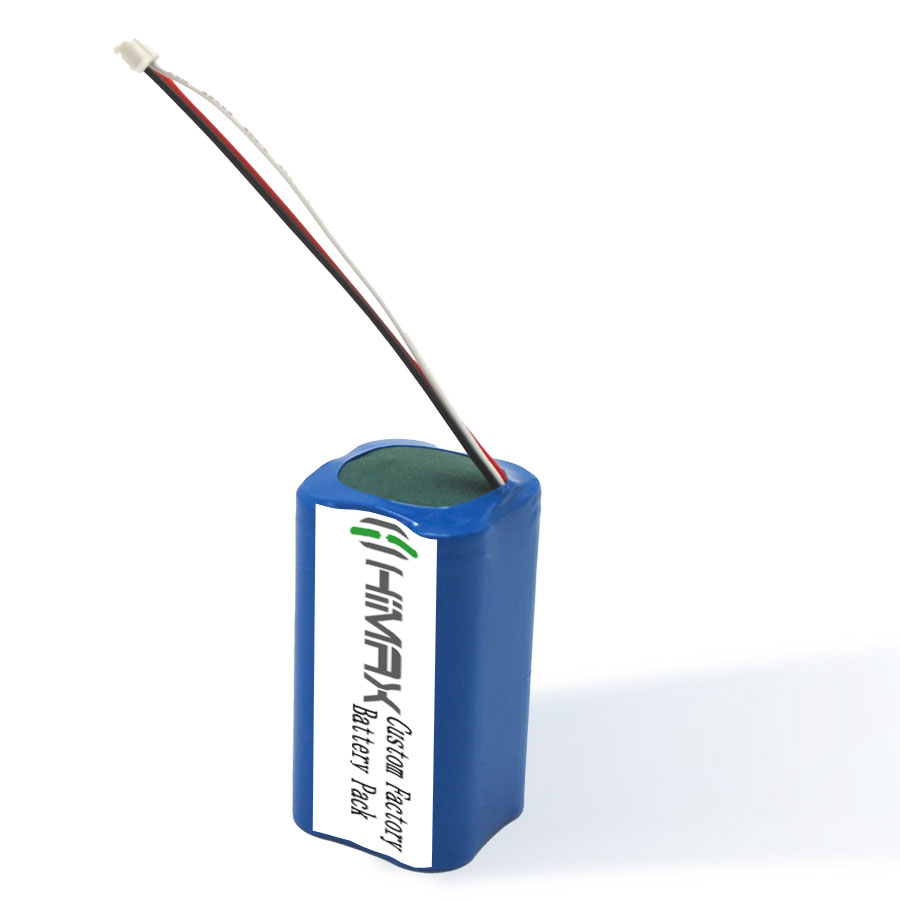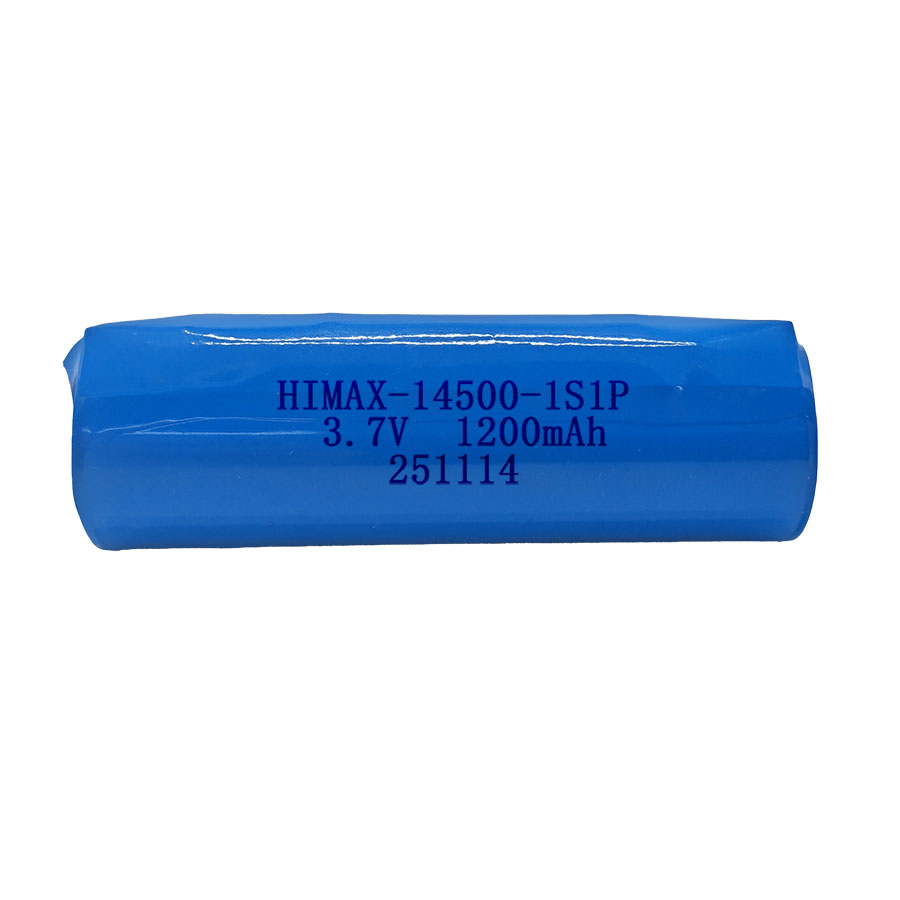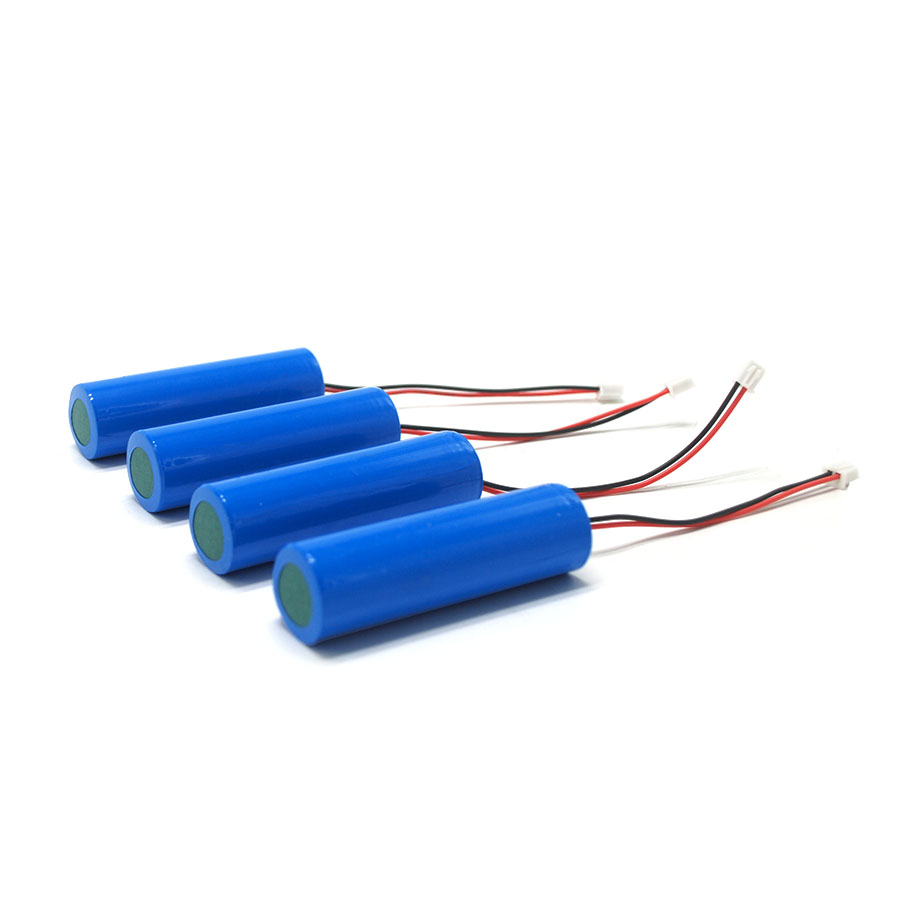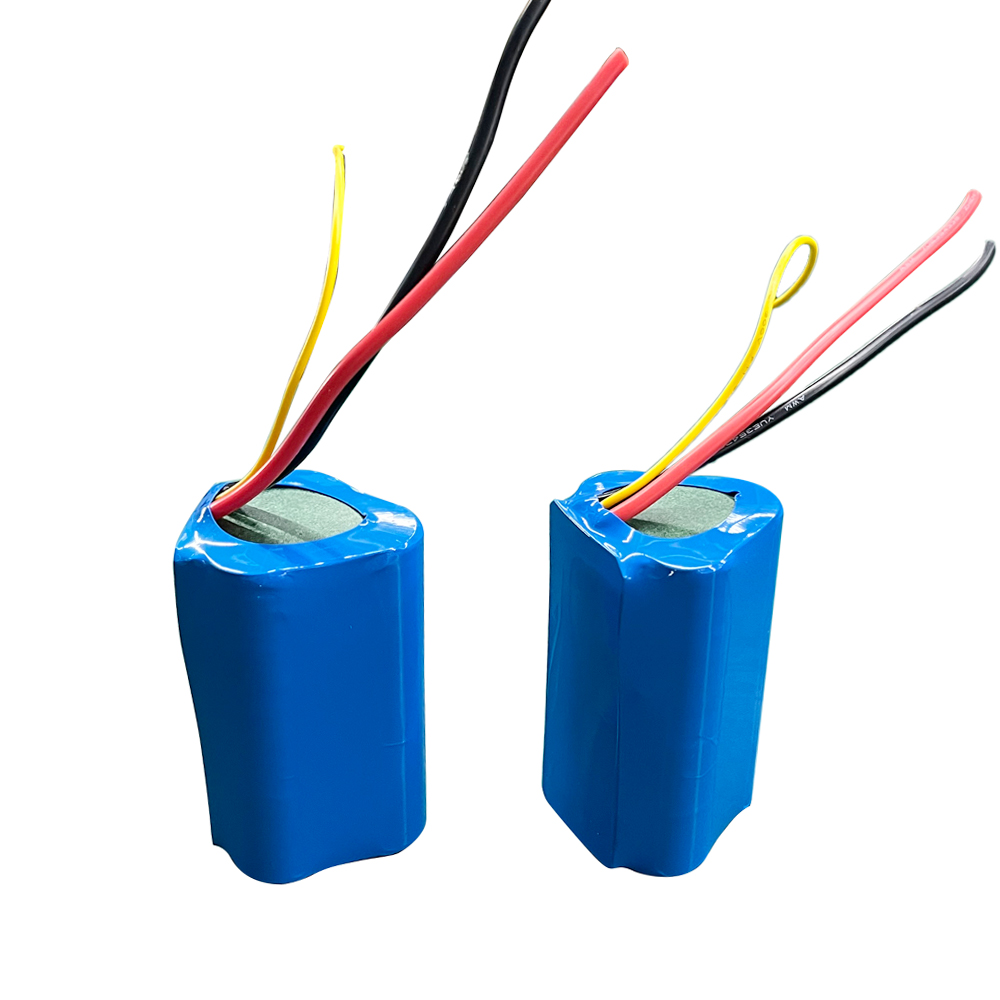As the global demand for lithium-ion batteries continues to expand across electric vehicles, energy storage systems, and industrial electronics, ensuring safe and compliant battery transport has become critical.
Recent updates from the U.S. Department of Transportation (DOT), PHMSA, ICAO, and IATA have redefined how overpack labels, CAUTION markings, and battery packaging must be applied in 2025.
This guide, developed by Himax Battery, summarizes the latest lithium battery shipping rules, providing engineers, compliance officers, and logistics partners with the most current and practical insights.
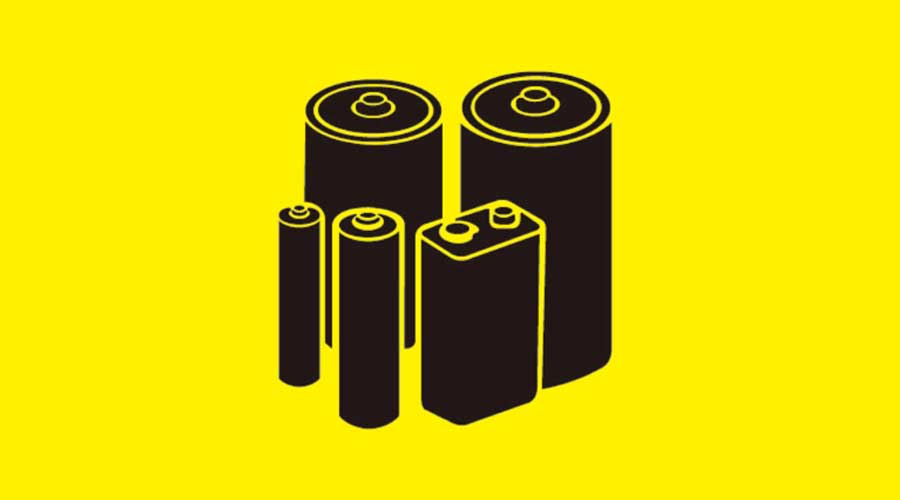
1. Why Overpack Labels and Caution Marks Matter
Lithium batteries are classified as dangerous goods under international transport standards.
The CAUTION label (lithium battery mark) alerts carriers and handlers that a package contains potentially reactive energy sources.
An overpack—a larger outer packaging containing multiple smaller packages—must also display the proper markings to ensure compliance with UN3480 (batteries) or UN3481 (batteries packed with equipment) requirements.
Failure to use correct battery transport labeling may lead to customs delays, fines, or rejected shipments. For global exporters like Himax Battery, compliance isn’t optional—it’s a standard of safety and professionalism.
2. Key Regulatory Updates (2024–2025)
2.1 PHMSA / DOT Rule HM-215Q (Effective May 10, 2024)
· All lithium-ion batteries over 100 Wh must display the Watt-hour rating on the outer casing.
· Shippers must maintain and provide a UN 38.3 test summary upon request.
· The telephone number on the lithium battery mark will be phased out by December 31, 2026.
· Smaller cells previously exempt from full regulation now require enhanced documentation and packaging when shipped by air.
Himax Recommendation: Always include test summary data and watt-hour ratings in your shipping documentation and labels to meet the latest 49 CFR 173.185 standards.
2.2 ICAO / IATA 2025 Amendments
The IATA 2025 Lithium Battery Guidance Document introduces new clarity and layout for shippers:
· Packing Instructions 966/967 apply to lithium-ion cells and batteries.
· For air shipments, some configurations require the Cargo Aircraft Only (CAO) label.
· The lithium battery mark (IATA Figure 7.1.C) must include:
o The UN number (UN3480 / UN3481)
o A red hatched border
o A minimum dimension of 100 × 100 mm
o UN number text height ≥ 12 mm
Important: The mark must not be folded or placed over edges and must remain fully visible on any overpack.
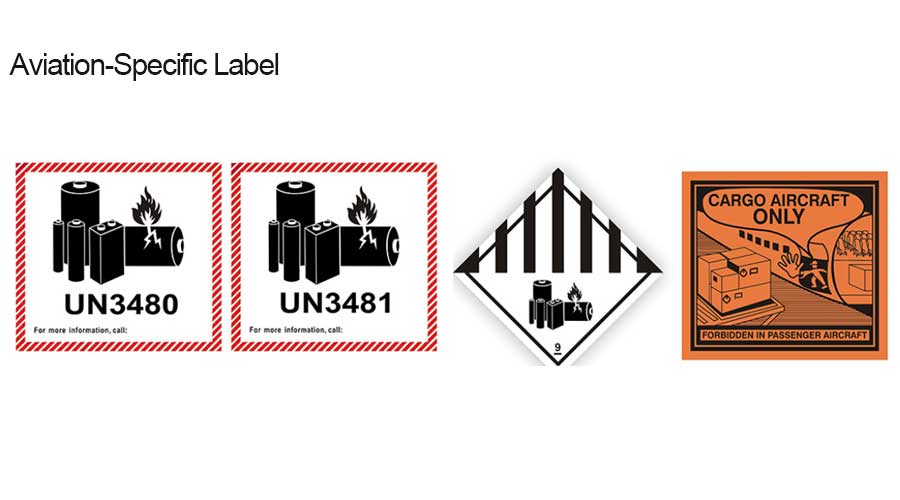
2.3 U.S. 49 CFR § 173.185 Requirements
According to 49 CFR § 173.185, lithium cells and batteries must:
· Pass the UN 38.3 test for transportation safety.
· Be packaged in non-conductive inner packaging preventing movement and short-circuit.
· Survive a 1.2 m drop test without damage or leakage.
· Display lithium battery marks clearly visible on the outer packaging.
· Show “OVERPACK” if multiple inner packages are contained together.
Air transport of lithium batteries is subject to strict state-of-charge (SoC ≤ 30%) limits unless approved for higher levels.
3. Overpack Labeling & Packaging Best Practices
| Requirement | Description |
| Label Visibility | Inner labels must remain visible or be duplicated on the overpack exterior. |
| Marking | “OVERPACK” must appear in bold letters near hazard labels. |
| Lithium Battery Mark | Must include UN number, red hatch border, and correct dimensions. |
| Additional Labels | Apply Cargo Aircraft Only or Class 9 hazard label where required. |
| Terminal Protection | Insulate terminals with tape or non-conductive caps. |
| Cushioning | Prevent movement inside packaging using spacers or foam inserts. |
| Drop Test | Packaging must withstand a 1.2 m drop with no internal damage. |
| Documentation | Keep UN 38.3 test summary and SDS accessible for inspectors. |
4. Practical Shipping Workflow for Himax Battery Clients
1. Identify UN Classification — Determine if batteries are standalone (UN3480) or packed with equipment (UN3481).
2. Verify UN 38.3 Certification — Maintain digital or printed test summaries for all models.
3. Prepare Packaging — Use strong, non-metallic inner packaging and protective separators.
4. Apply Proper Markings — Include the lithium battery mark, “OVERPACK,” and CAO labels when necessary.
5. Limit State of Charge — Keep lithium-ion batteries at ≤ 30% SoC for air shipments.
6. Prepare Documentation — Include Shipper’s Declaration, SDS, and test summaries.
7. Carrier Notification — Inform logistics partners that the package contains lithium batteries as per 49 CFR 173.185.
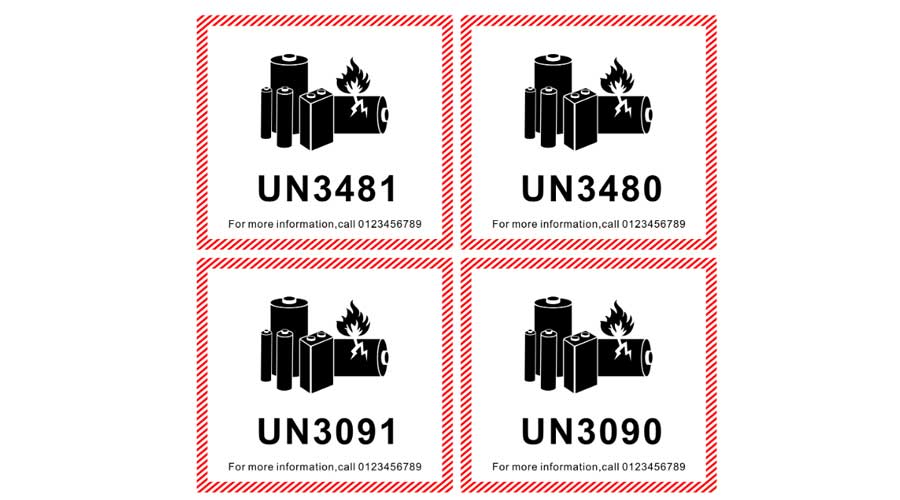
5. Common Compliance Pitfalls
· Using outdated labels missing the UN number or red border.
· Placing caution marks on uneven or folded edges.
· Shipping partially damaged or recalled cells without special authorization.
· Failing to include SoC data for air transport.
· Combining batteries with incompatible dangerous goods in the same overpack.
6. Himax Battery Commitment to Safety and Compliance
As a global LiFePO₄ and lithium-ion battery manufacturer, Himax Battery integrates transport compliance into every stage of product design and logistics.
Each Himax lithium battery cell—including models like WT36130216F-100LB—undergoes rigorous UN 38.3 testing, IEC 62619 validation, and temperature-cycle durability tests before shipment.
Our engineering and quality teams ensure all products meet or exceed the latest PHMSA, IATA, and UN transport standards for safety and reliability.
The landscape of lithium battery transport regulations continues to evolve, demanding precise attention to labeling, documentation, and packaging standards.
By aligning with Himax Battery’s updated compliance guidelines, shippers and OEM partners can reduce risk, prevent delays, and ensure full global regulatory adherence.
For detailed documentation support or certified lithium battery solutions, visit www.himaxbattery.com or contact our technical support team for assistance with labeling templates and shipping compliance services.


